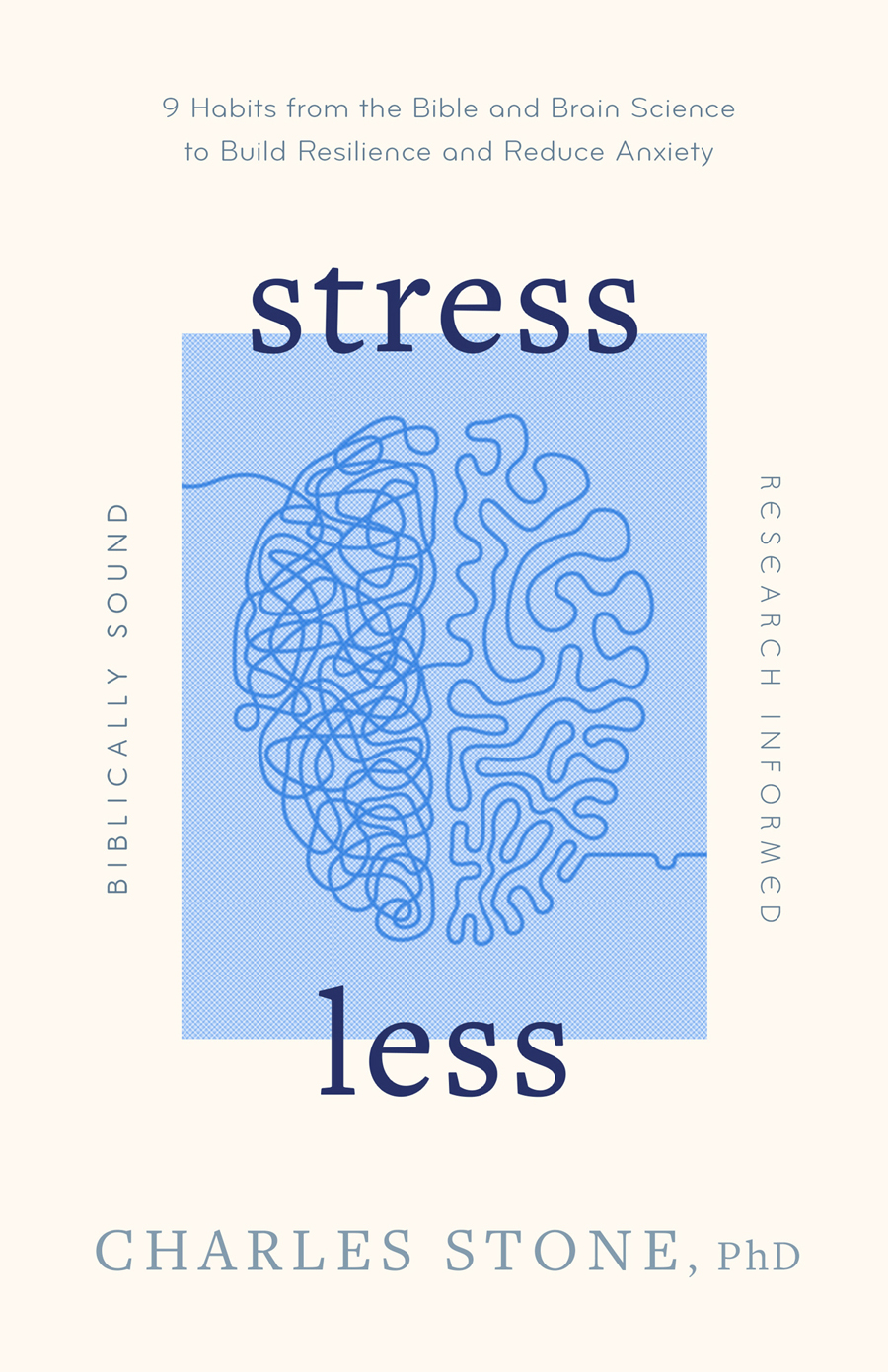Wise leaders encourage their teams to solve their problems with their own insight rather than with the leader’s insight. When an staff person or a volunteer brings a problem to us, it’s often easier and less time consuming to give them advice and solve their problem. Yet in the long run such a response can foster dependency on us to solve their problems and diminish their motivation simply because the solution isn’t theirs. And, people are less likely to act on somebody else’s ideas anyway. So how can we replace ‘answer giving’ with self generated insight?
Insight is a solution to a problem that recombines what we know in a new and fresh way that often leads to creativity. Rather than solving a problem analytically, when we focus our attention outwardly on the problem, insight occurs when we turn our attention inward and becomes less focused. This inward focus can help us experience a sudden ‘aha’ solution. This historical illustration about insight describes the ‘aha’ process well.
We use the word ‘eureka,’ attributed to Archimedes (c. 287 BC – c. 212 BC), to describe an ‘aha’ moment, a flash of insight we sometimes get. As a brilliant scientist in antiquity, Archimedes is perhaps known for a story about his inventing a method to determine an object’s volume. A goldsmith had forged a crown of gold for the then king, King Hiero II. He was concerned, however, that the goldsmith has substituted the cheaper metal silver for some of the gold. He asked Archimedes to find the truth without melting the crown. This stumped Archimedes until a flash of insight appeared to him.
One day as he took a bath, he noticed the water level rise as he stepped in. Suddenly he realized that by making few mathematical calculations, he could use water volume displacement of the crown to determine if it was indeed made of pure gold. In his excitement, he ran into the streets naked crying, “Eureka, Eureka!” which means in Greek, “I have found it.” Thus, the word ‘eureka’ we use for insight. Through this insight he then discovered that the goldsmith had indeed substituted silver for some of the crown’s gold.
Archimedes had discovered an insight in a moment when he wasn’t even thinking about the problem. When we get a ‘eureka’ or an ‘aha’ insight, we just know the answer without actually knowing how we got it. The insight doesn’t come piece by piece, but usually all at once.
Researchers who study insight use a word game called Compound Remote Associate (CRA) problems. Study participants try to create three two-word phrases from three words that could share a common word. For example, consider these three words: barrel, root, and belly. What two-word phrases can you create that share a common word? Participants often use the word beer to create beer barrel, root beer, and beer belly. After they solve the problem they press a button to indicate how they solved it, either logically or with an ‘aha’ insight. Using both EEG and fMRI, neuroscientists then examine their brain functioning (Jung-Beeman et al., 2008) to learn what happens during insight.
Through these studies they’ve discovered a process that occurs in our brain when it receives an insight. First, our brain is at rest in what is called the default mode. We may be daydreaming or our minds may be wandering. MRI studies show that at this stage, the alpha wave (the wave active when the brain idles during daydreaming and relaxation) spikes. This indicates that our brain is visually gating (Sandkühler & Bhattacharya, 2008), reducing the visual input it’s processing to reduce distractions.
This is in contrast to the brain’s dominant wave, the beta wave, active during visual focus and alertness. The alpha wave shows that the part of our brain behind our eyebrows is more active prior to an insight. This part of the brain, the anterior cingulate cortex, lights up when it senses conflict. This makes us more aware of competing alternatives and enhances our predisposition to switch between difference solutions (Beeman, n.d.), potentially creating an insight. That is, if one solution doesn’t work, the brain will try another. This part of our brain helps orchestrate attention since it is so highly connected to the rest of the brain.
Finally, at the moment an insight occurs the gamma wave spikes (Kounios et al., 2006). A gamma wave, the fastest brain wave, sweeps across the entire brain 40 times per second to bring our brain to attention, much like how a conductor synchronizes an orchestra when he raises his baton. The gamma band activity indicates new brain maps are being formed, the insight. And when that happens it literally feels good because neurotransmitters are released. As the insight occurs at the point of gamma synchrony, right hemisphere activity also increases to help us make connections with subtle associations we might have otherwise missed. The brain’s right hemisphere, which process information more intuitively and holistically, apparently drives the insight process.
I envision a setting ripe for an insight akin to a guy drinking lemonade while sunning in a lounge chair at the beach. Then, as he reads a fishing magazine, the solution to a nagging work problem suddenly pops into his mind. That image contrasts to his intense mental state a week prior at work when he tried to solve the problem, much like how Rodin’s famous sculpture ‘The Thinker’ pictures. So, insights are more apt to come when are brains are less focused and rested.
Consider these tips to help your team learn to develop insight.
- Daydreaming: Insight often comes when we daydream and allow our minds to wander (Christoff et al., 2009). Teach your team how daydreaming can help them solve problems. Encourage your team to schedule times to daydream and to allow their minds to wander rather than always actively trying to solve problems. Help them realize that thinking less about a problem may actually bring the solution. In fact, some companies such as Google, Intuit, and Twitter expect their employees to take time for daydreaming about projects other that than those they’re working on (Waytz & Mason, 2013).
- Mood: When we are in a positive mood, problem solving often comes more easily (Subramaniam et al., 2008). Yet when we’re anxious, we solve fewer problems because the anxiety uses up brain resources. So if you’re facing a dilemma in your organization, it might help if the team watched a funny movie to stir the creative juices.
- Location: Encourage your team to discover the kinds of activities that help put them into an insight state. Two settings have helped me generate insight. Ideas pop into my mind when I read and walk at a reasonable pace on my treadmill. Insight also comes more readily when our family leaves for vacation while it’s still dark. I’m the driver and I’m usually the only one awake that early in the morning. With little roadside distraction, my brain has generated many good ideas during those three or four hours of solitude.
- Application: Although insight gives us a nice dopamine rush (the neurotransmitter involved in attention and reward), we all know that the feeling eventually wears off. Remind your team to record their insights in an easy to remember location so that they won’t forget them. Even if your team member can’t immediately act on an insight, getting him to commit to acting on it at a later time can help translate the insight into action (Rock, 2007, p. 108).
- Speed: If you’re working with a team member who is trying to find a solution to a problem, don’t rush the process. Give him time to engage his brain. Allow space in conversations and encourage him to carve out some down time to give his brain a break.
The above is a brief excerpt from of my book entitled Brain-Savvy Leadership: the Science of Significant Ministry.
How have you helped foster ‘aha’ moments among your team members?
Related posts:
- 12 Brainstorming Ideas that will Foster Creativity
- 5 Neuroscience Techniques that Improve Brainstorming
Sources:
Beeman, M. Insight in the Brain. Available from: <http://groups.psych.northwestern.edu/mbeeman/PLoS_Supp.htm>.
Christoff, K., Gordon, A.M., Smallwood, J., Smith, R. & Schooler, J.W. (2009) Experience sampling during fMRI reveals default network and executive system contributions to mind wandering. Proceedings of the National Academy of Sciences, 106 (21), pp.8719–8724.
Jung-Beeman, M., Collier, A. & Kounios, J. (2008) How insight happens: learning from the brain. Neuroleadership Journal, (1), pp.20–25.
Kounios, J., Frymiare, J.L., Bowden, E.M., Fleck, J.I., Subramaniam, K., Parrish, T.B. & Jung-Beeman, M. (2006) The prepared mind: neural activity prior to problem presentation predicts subsequent solution by sudden insight. Psychological Science, 17 (10), pp.882–890.
Rock, D. (2007) Quiet Leadership: Six Steps to Transforming Performance at Work. Reprint. HarperBusiness.
Sandkühler, S. & Bhattacharya, J. (2008) Deconstructing Insight: EEG Correlates of Insightful Problem Solving. PLoS ONE, 3 (1), p.e1459.
Subramaniam, K., Kounios, J., Parrish, T.B. & Jung-Beeman, M. (2008) A Brain Mechanism for Facilitation of Insight by Positive Affect. Journal of Cognitive Neuroscience, 21 (3), pp.415–432.
Waytz, A. & Mason, M. (2013) Your Brain at Work [Internet]. Available from: <http://hbr.org/2013/07/your-brain-at-work/ar/1> [Accessed 26 June 2013].


